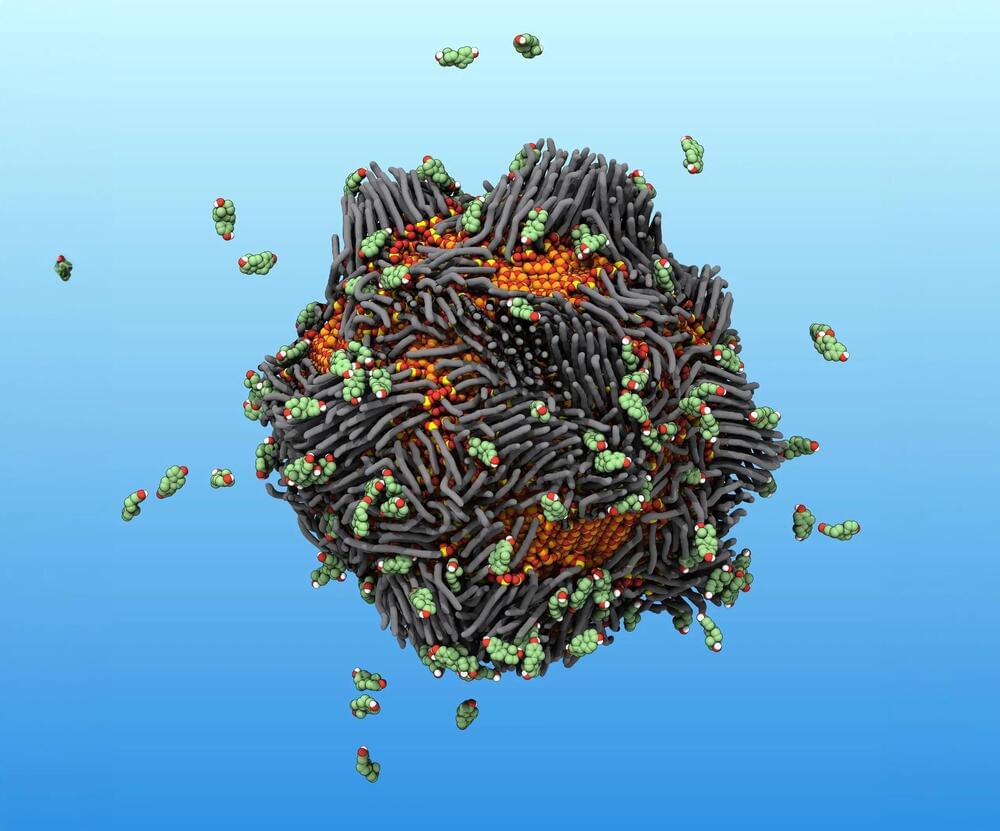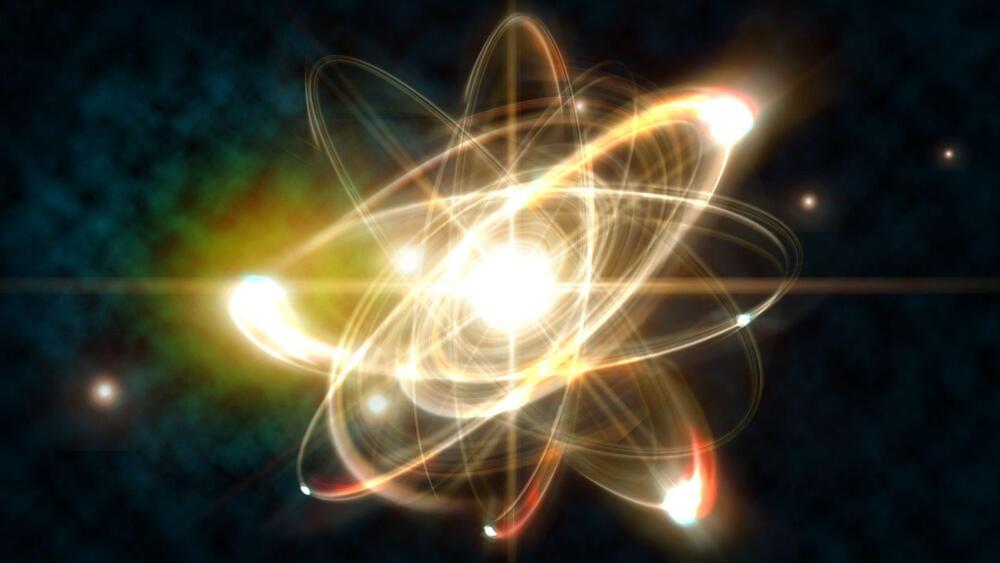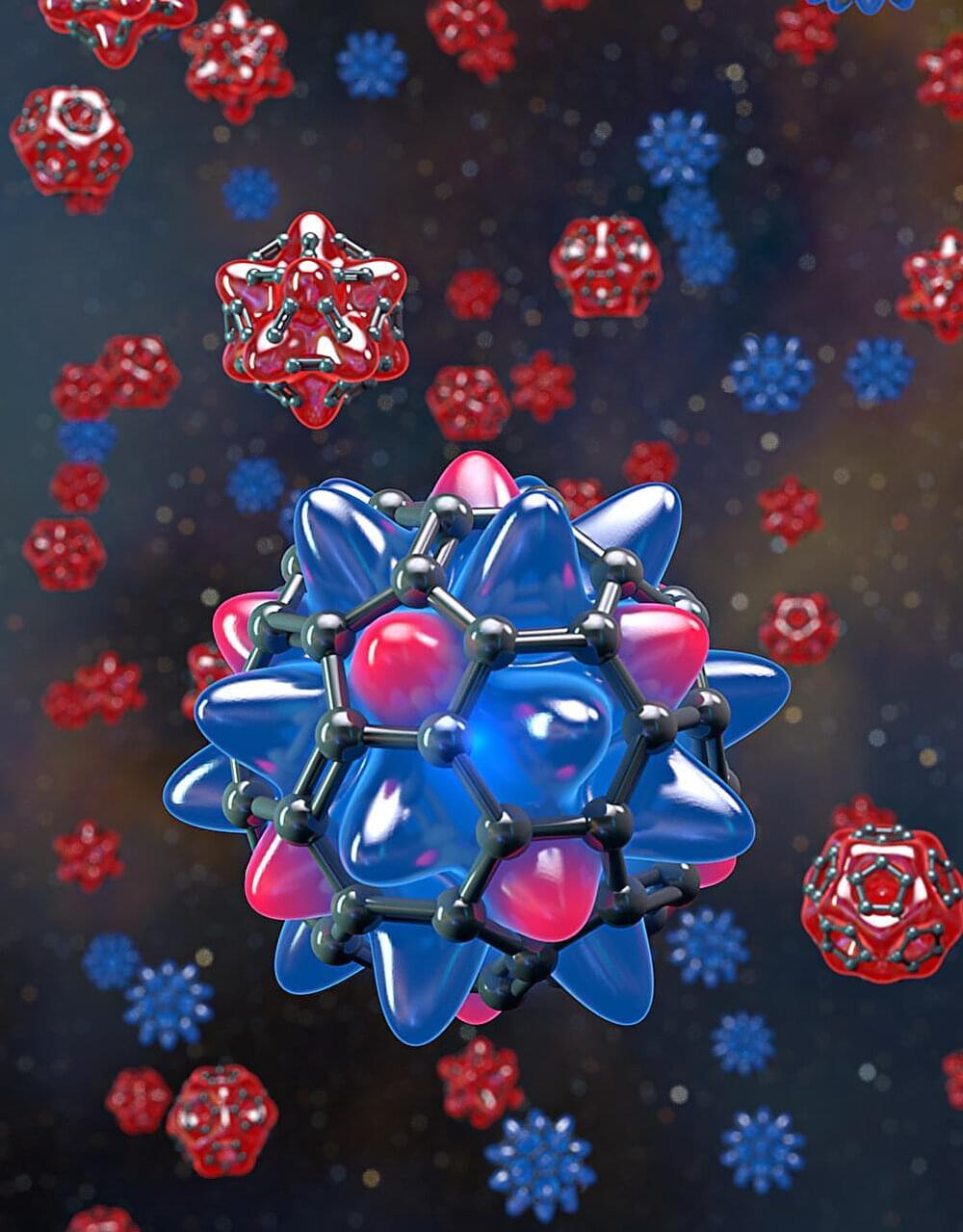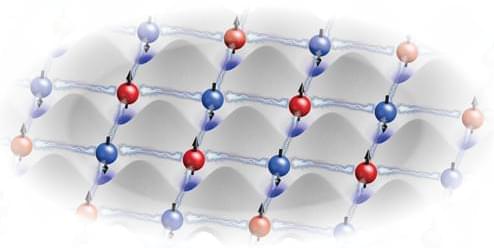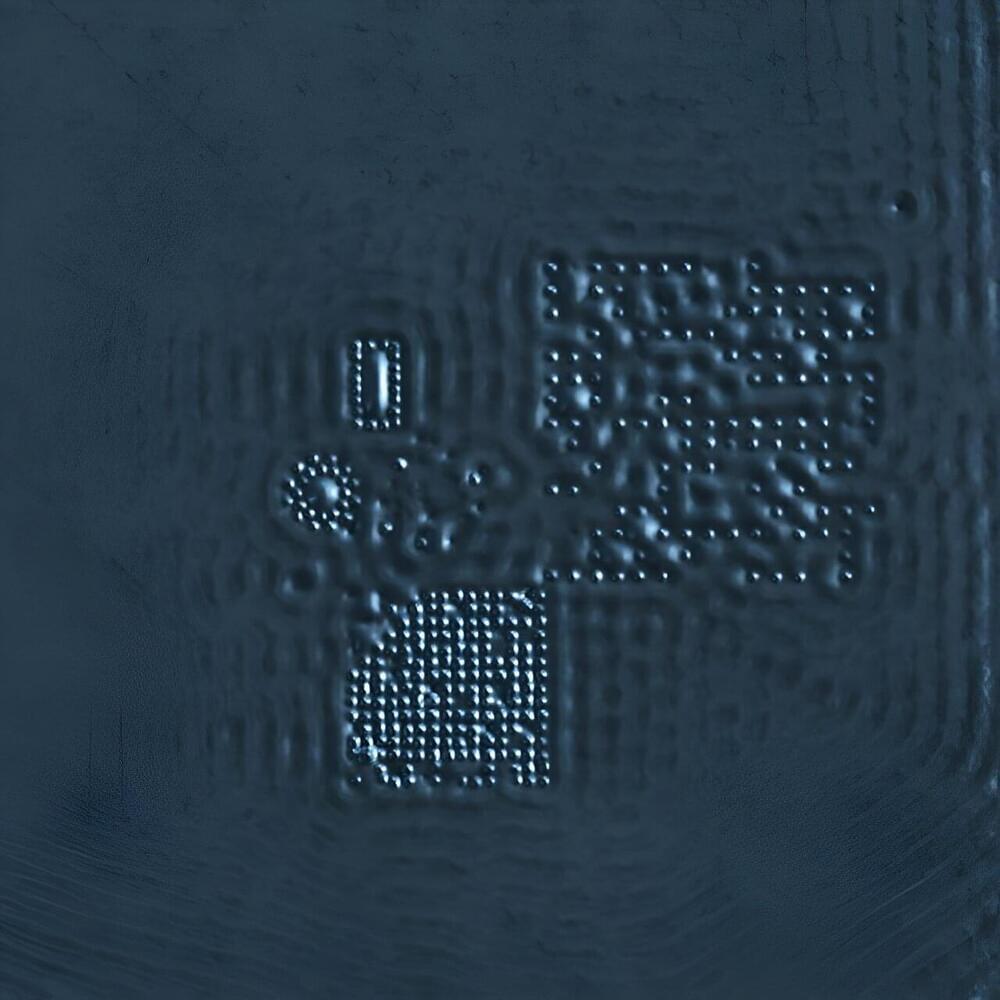Researchers have developed “smart rust,” iron oxide nanoparticles that clean water by attracting pollutants such as oil, nano-and microplastics, glyphosate, and even estrogen hormones.
Pouring flecks of rust into water typically makes it dirtier. However, a groundbreaking development by researchers has led to the creation of “smart rust,” a type of iron oxide nanoparticle that can purify water. This smart rust has the unique ability to attract various pollutants, such as oil, nano-and microplastics, and the herbicide glyphosate, depending on the particles’ coating. What makes it even more efficient is its magnetic nature, which allows easy removal from water using a magnet, taking the pollutants along with it. Recently, the team has optimized these particles to capture estrogen hormones, which can be detrimental to aquatic life.
Presentation and Significance.
